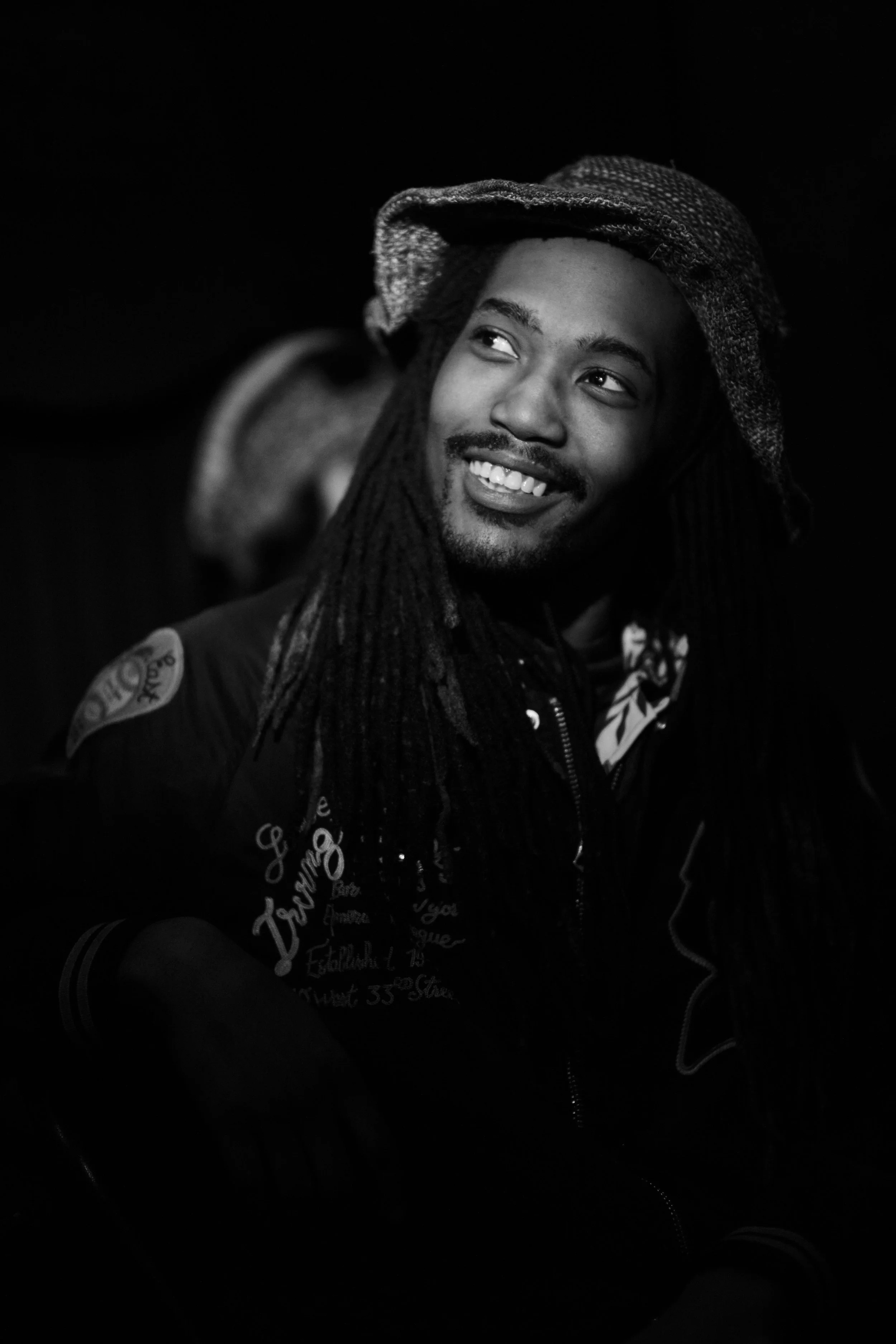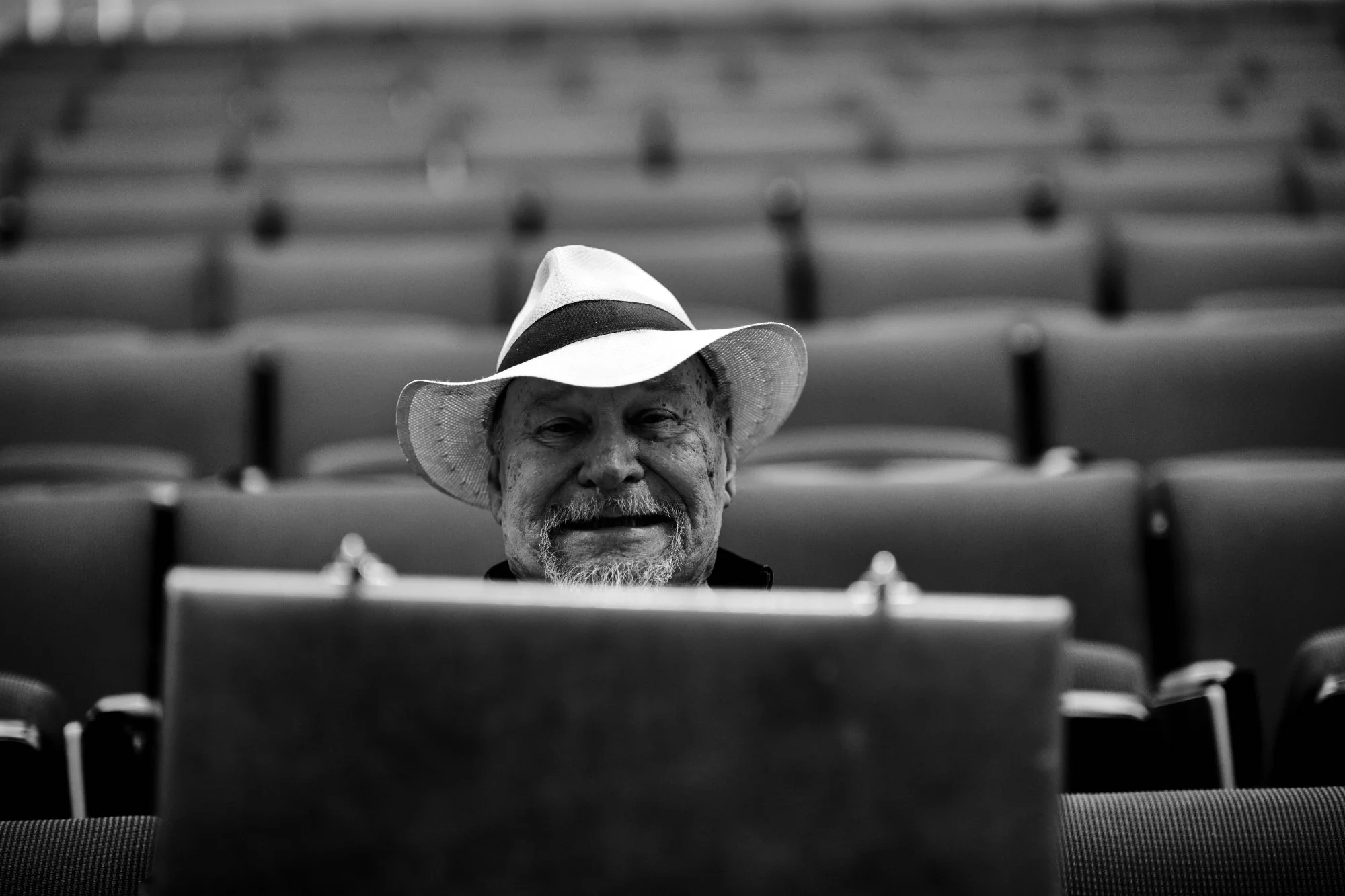Fujifilm XF 50mm f/1 - Is This The BEST Fujifilm Lens?
There are lenses, and then there are great lenses, and then there are some very special lenses that can change the way you think about your shooting style. This is the lens that you find yourself using more often than not—the lens that's usually already attached to your camera when you pick it up. Now, if you shoot with the Fujifilm X system, you know that there are quite a few lenses that have this "special sauce" and magic to them. Today, I’m going to tell you about one that has quickly become my new favorite go-to lens.
Without further ado, we’re talking about the very cool, very large, and very capable Fujifilm 50mm F1 lens. I’ve had my eye on this lens for a long time, and one day recently, I decided to jump in and purchase one. I found a good deal on a pristine used model and immediately started shooting with it. So why do I think this lens is so special? Well, the Fuji 50mm F1 lets you do things that other lenses just don’t. For instance, you can shoot in very dark situations and still create not just acceptable images but exceptional ones too. As someone who does a ton of concert photography, often in poorly lit venues around New York City, the 50mm has allowed me to shoot images at ISOs I never dreamed of.
In addition to giving me a full stop of light over an F1.4 lens, it also gives me more latitude in the editing room, where I really want to keep noise levels manageable while applying my preferred editing style—which sometimes can be rather heavy. I made some great images with this lens, even as low as ISO 200, 320, and 400. But on average, in a really dark club, I was shooting from 800 to 1600, up to 4,000, which was a pleasant surprise because, in the past, I was averaging 3,200 to 6,400 and sometimes above.
But there are other reasons why the Fujifilm 50mm F1 is so special. As a portrait photographer who loves to shoot wide open, the absolutely insane bokeh has made this lens one of my go-to choices in my studio as well. At F1, the sharpness is excellent, and once you stop it down between F2 and F4, the images are insanely good, with sharpness and contrast that even the pixel peepers among you can’t fault. For those of you wondering, yes, the 50mm F1 is part of Fuji’s optimized lens list, so it will resolve your 40 megapixels in all their glory.
The 75mm equivalent has also proven to be a huge plus. It’s an excellent range for concert photography in the small venues that I frequent, where you just need to move your feet around to get the good shot, while also remaining an excellent portrait range lens that lets me get close enough to my subject without having to be so far away that I lose my connection with them. Considering that Fujifilm made this lens as a sort of "flex" to show what they were optically capable of, it only makes the fact that it’s such a versatile and functional tool even more impressive.
A jazz musician photographed with a Fujifilm 50mm f/1
A portrait captured with a Fujifilm 50mm f/1
Low light portraits are possible with the fast Fujifilm 50mm f/1
Okay, but even the best lens has to have some negatives, and when it comes to the 50mm F1, there are two major drawbacks. The first is its size. This lens, when compared with other fast primes in the Fuji arsenal, is just massive. Not only is it large, but it’s heavy. The insane build quality, which includes multiple weather-sealing points and an all-metal construction, is part of the reason why it’s so heavy. While it does put a silver lining on the size and the weight when you’re lugging it around, on an XT5, the balance isn’t terrible, but it isn’t great either. So I find myself using it with a small rig grip when I’m using the XT5, and I really enjoyed using it with the vertical grip on my XT4 as well. In this case, it doesn’t feel that bulky and has a nice balance to it.
I love the 50mm f/1 for concert and street photography
A nighttime portrait with the Fujifilm 50mm f/1
The other drawback of the 50mm F1 is, of course, AF performance. I didn’t expect the speed to be great when I acquired this lens, and it’s not, but I was pleasantly surprised by its speed and accuracy considering it has such a large element. With Fuji lenses, you never really know what the AF is going to be like, and it doesn’t matter how new or old they are—it’s just kind of hit or miss. But comparing it to the lenses I’ve used, I would say that the performance is pretty good. It’s not the loudest or clunkiest I’ve tried, though it is loud and clunky when compared to the 16-55mm F2.8, for instance. However, I haven’t found it to be too slow to get the job done for me.
The last drawback is a smaller one, but the 50mm F1 has a close focusing distance of over 2 feet, and sometimes I found myself having to move back just a bit to get my subject into crisp focus. So what’s the verdict on the 50mm F1? Is it a lens that every X shooter needs to have in their bag? Well, no, I don’t think so because it is a fairly specialized lens, and there are other smaller and cheaper Fujifilm lenses that can get you pretty close to achieving what the 50mm does in terms of low light performance and image quality. But there’s still a difference. It has that special sauce and that magic that has just made it the right lens for me.
I hope you’ve enjoyed this review! If you did, please go ahead and subscribe to my YouTube channel.







